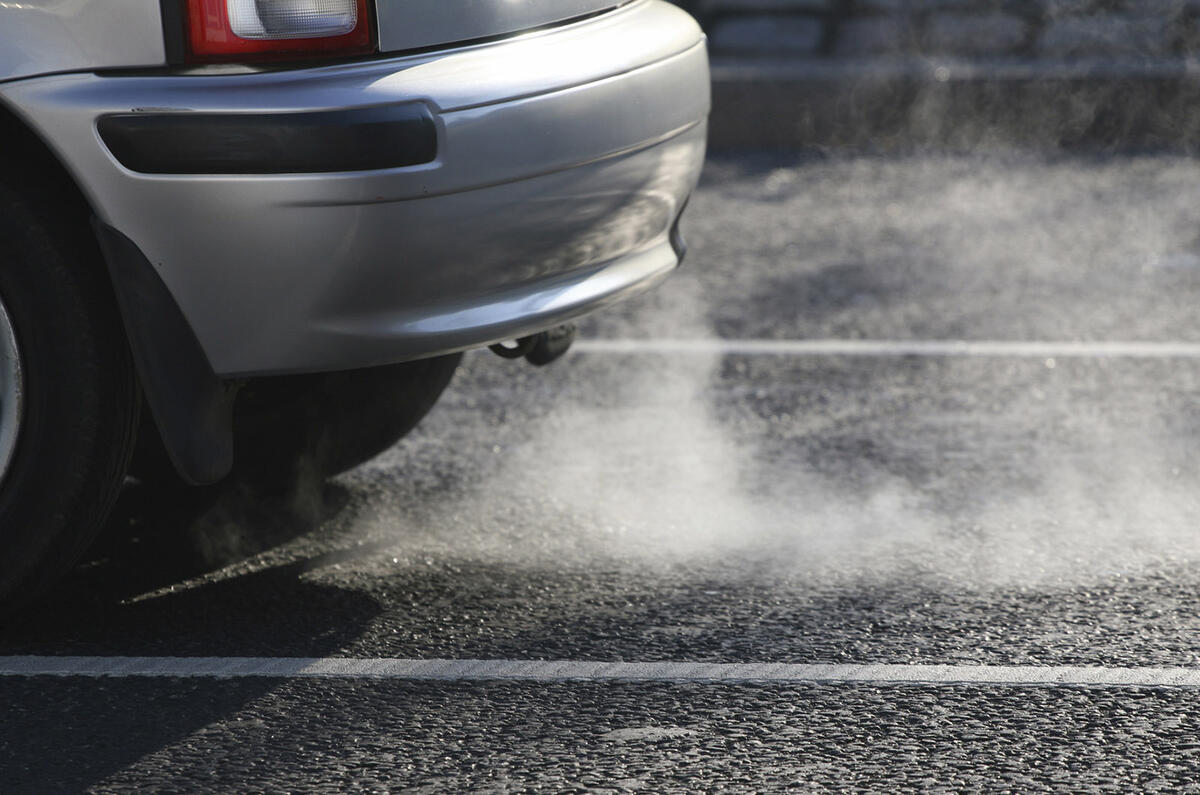New real-world emissions test rules have been given the go-ahead by European Parliament despite stern opposition from critics who claim they are illegal.
The Real Driving Emissions (RDE) tests are designed to measure pollutants including NOx in real-world driving conditions, and will eventually replace laboratory tests by the close of 2017. The plans were negotiated long before the current VW emissions scandal, but have received greater attention since.
However, opponents say the RDE regulations may violate existing EU law and called for the terms of testing to be renegotiated. This is because car makers and officials agreed a deal last autumn whereby there is an approved degree of flexibility in the results, to take account of potential inaccuracies in the testing equipment.
As a result, although NOx emissions limits will be set at 80mg/km, figures of 168mg/km will be acceptable for Euro 6 engines until 2021 and 120mg/km thereafter.
A proposal to throw out the plans and renegotiate the test processes from scratch was backed by 317 Members of European Parliament (MEPs) and opposed by 323. A further 61 MEPs abstained - with a majority of 51 votes having been needed to block the bill.
The European Automobile Manufacturers’ Association, which represents car makers, said: “Manufacturers welcome the much-needed clarity and are eager to move forward by implementing the new testing conditions as soon the regulation is adopted.”
Liberal Democrat MEP Catherine Bearder countered: “Today was a good day for dirty deals and a bad day for cleaner air but the close vote shows there remains strong opposition to the weakening of emission limits.”
The UK government is reportedly in favour of the RDE regulations.
While the vote does not formally ratify the new regulations, it did represent the last significant hurdle before they are passed. The European Environmental Agency estimates air pollution kills 400,000 people in the EU every year, with NOx emissions from cars a major contributor to this.





Join the debate
Add your comment
Meanwhile, in the real world
And in the good 'ol 'US of A, many coal stations, even in California (home of the restrictive car pollution standards) have federal exceptions for NOx and put upwards of 30,000 tonnes into the air annually. In California alone around 250 deaths annually are attributable to NOx from Coal.
ksm78
Not the real problem